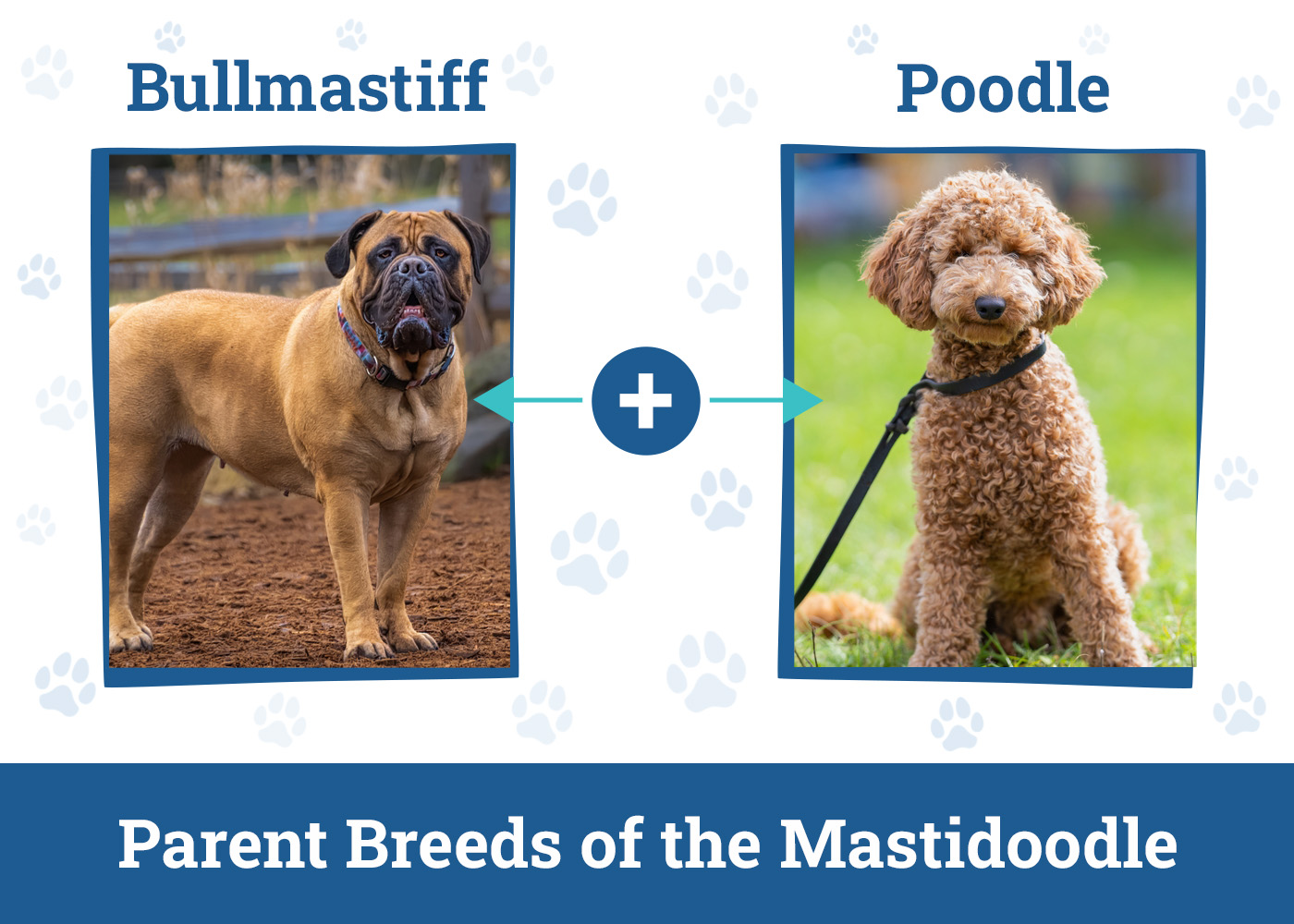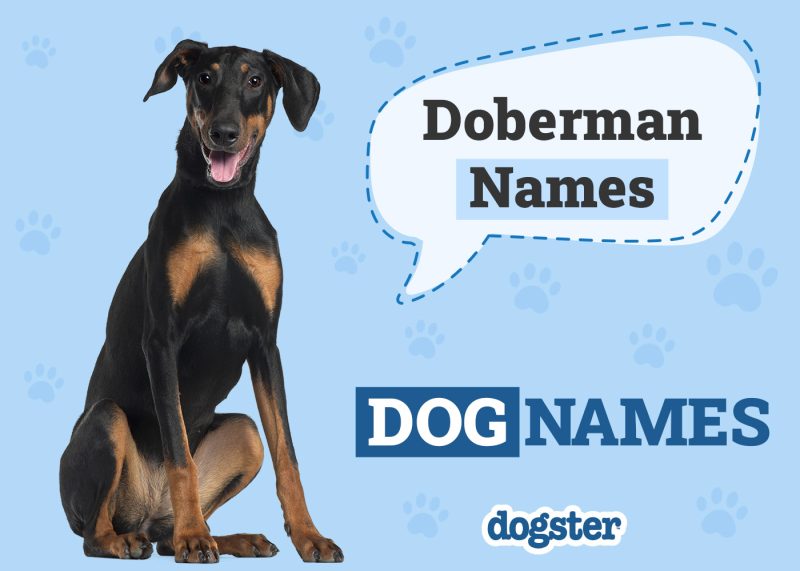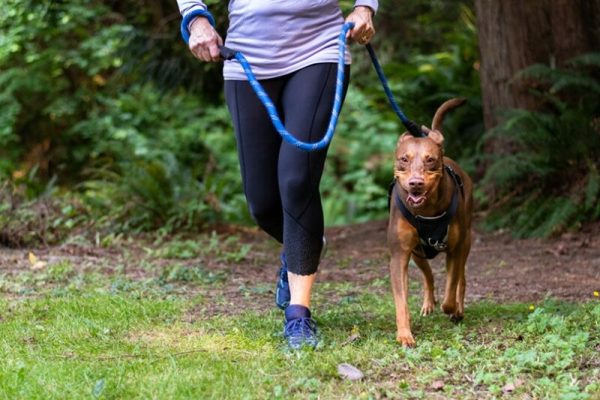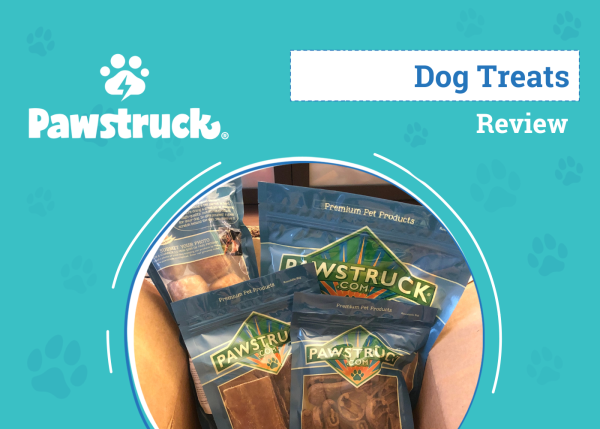In this article
View 8 More +The Mastidoodle—also referred to as the Mastipoo—is a designer hybrid mix between the Mastiff and the Standard Poodle. Due to the size and body style differences of the two parent breeds, the Mastidoodle can vary in appearance. While the Standard Poodle can reach between 45 and 70 pounds and no more than 24 inches in height, the Mastiff genetics will undoubtedly play a role in their size and heaviness. The Mastidoodle can reach anywhere from 24 to 36 inches in height but typically reach 30 inches or more and can weigh anywhere from 80 to 140 pounds.
Breed Overview
Height:
24 – 36 inches
Weight:
80 – 140 pounds
Lifespan:
9 – 14 years
Colors:
Brown, black, cream, gray, brindle, sable
Suitable for:
Individuals or families with enough space, families with other pets
Temperament:
Loyal, loving, gentle, intelligent, moderately active
Mastidoodles tend to have a broader facial and body structure. Coat types vary but tend to be denser and more wavy. They can be black, brindle, brown, cream, gray, and sable in color. Mastidoodles are a very loving, gentle, and intelligent hybrid that will need a moderate amount of exercise and plenty of space.
Considered big teddy bears, the Mastidoodle are very loyal to their family and genuinely enjoy lounging around and snuggling with their people. With an average lifespan of 9 to 14 years, this mixed breed can make a wonderful family pet for those who are prepared for their large size.
Mastidoodle Characteristics

Mastidoodle Puppies
Before committing to a Mastidoodle, you must have the space, time, and budget requirements necessary for this large dog. The Mastidoodle’s size alone does not make it a great choice for those that live in apartments or small homes with little yard space.
The larger the dog, the larger the food and veterinary bills. If you plan to bring a Mastidoodle home, you will need to be well prepared for the financial responsibility they require. A Mastidoodle is going to eat a lot of food and will need to be fed a high-quality diet. This can get quite expensive, even more so when you have a dog that is mixed with the largest dog breed in the world.
While the Mastidoodle is a generally healthy dog and is not prone to as many genetic health conditions as its purebred parents, the veterinary bills can still be expensive. Larger dogs are more expensive to treat and as they age can develop a variety of health conditions that can be taxing on the wallet.


Temperament & Intelligence of the Mastidoodle
To determine the temperament of any hybrid dog, you will have to take a look at the parent breeds. The Mastiff is known for being a gentle giant. They are docile, affectionate, and loyal love-bugs. They are protective of their family and make good watchdogs. They can be wary of strangers but do not have aggressive tendencies.
The Standard Poodle is an intelligent, athletic, and active breed that tends to be very obedient and playful. The Standard Poodle can also be wary of strangers and like the Mastiff, are not aggressive but can act as a good watchdog. The Standard Poodle can become bored easily and will require mental stimulation and exercise to be the most well-rounded family pet.
Thanks to the wonderful nature of both parent breeds, Mastidoodles are a true gem when it comes to temperament. Their intelligence makes them easy to train and they tend to obey their owners nicely. You can expect a sweet-natured, loveable companion that will be more docile than the Standard Poodle, have a moderate activity level, and be protective of their family.
Are These Dogs Good for Families? 👪
The Mastidoodle can make an excellent family pet. They have wonderful temperaments and despite their large size, do very well with children. While size can be a risk factor when it comes to knocking over small children, with proper training and socialization this calm-natured dog is typically very gentle with little ones.
Keep in mind that you always need to be watchful of children around any household pet. Ensuring children know how to properly treat animals and that the animal is trained and socialized well are both very important factors when it comes to the health and safety of your children and your animals.
Whether you have a family now or plan on starting one in the future, this big loveable dog is highly adaptable and would make a great choice if you are prepared to cater to their needs.
Does This Breed Get Along with Other Pets? 🐶 😽
Mastidoodles are an adaptive breed and typically do well with other animals. Their size may be intimidating to other smaller pets, but their gentle, docile personalities make them generally compatible with other dogs and small pets within the home.
Their Poodle genetics may make them prone to chasing smaller pets such as cats, but with proper socialization, the behavior can be avoided. It is essential that your Mastidoodle and other animals are properly socialized and trained from a young age to ensure the most functional multi-pet household.

Things to Know When Owning a Mastidoodle
Food & Diet Requirements 🦴
Since the Mastidoodle is a large, moderately active dog, it will consume a lot of food. A high-quality, nutrient-rich kibble formulated for their size, age, and activity level is recommended. The Mastidoodle can be prone to obesity so it’s best to keep on a regular feeding schedule with appropriately sized portions.
You want to avoid over-feeding and offering table scraps or other human food. The Mastidoodle can be prone to obesity so it’s best to keep on a regular feeding schedule with appropriately sized portions. If you ever have concerns about your dog’s dietary needs it is recommended you reach out to your veterinarian for advice.
Exercise 🐕
While the Standard Poodle is a playful, active, graceful athlete, the Mastiff tends to be much calmer and more laid-back with moderate exercise needs. Chances are, your Mastidoodle is going to fall somewhere in between the two.
Dogs that do not receive the proper amount of exercise and mental stimulation can easily bore, which can lead to destructive behavior. While a Mastidoodle may not require an extremely active, high-energy family it is recommended that they get at least 30 to 60 minutes of daily exercise. Daily walks or outdoor playtime with their family will keep these dogs happy and well-stimulated.
Training 🎾
Being the hybrid of two intelligent breeds makes the Mastidoodle generally easy to train. They are quick to pick up commands and are very obedient dogs. As with any dog, training will need to begin as soon as you bring them home.
Firmness, consistency, and positive reinforcement are key. You will want to keep your Mastidoodle engaged in training, so they do not bore and become distracted easily.
Grooming ✂️
The Mastidoodle is likely to be fairly high maintenance when it comes to grooming thanks to their Standard Poodle genes. Grooming requirements will be dependent on the individual dog. Hybrids can favor one parent’s coat over another so if your Mastidoodle inherits the dense, wavy poodle-like coat they will require more regular grooming.
Typically, most Mastidoodles will have thick, dense, wavy coats that will require regular grooming to prevent matting. It is recommended to brush them daily and have them fully groomed every 6 to 12 weeks except for during the summer months when every 4 to 6 months may be necessary to help them keep cool.
Many people have the misconception that when a hybrid is mixed with a Poodle that they will also be hypoallergenic. That is not necessarily true, and you are not guaranteed your Mastidoodle will be hypoallergenic. Mastiffs are fairly heavy shedders while Standard Poodles do not shed, chances are that your Mastidoodle will shed much less than their Mastiff parent but will still shed moderately. Again, each dog is different.
In addition to coat grooming, Mastidoodles will need their nails trimmed, teeth brushed, and have their ears checked and cleaned regularly.
Health and Conditions 🏥
With an average lifespan of 9 to 14 years, the Mastidoodle tends to have fewer genetic health conditions than both parent breeds but can still be prone to some conditions. It is important to know what kind of health issues your dog can be prone to. You can discuss these conditions and how to prevent or treat them with your veterinarian.
- Bloat
- Entropion
- Elbow Dysplasia
- Hip Dysplasia
- Hypothyroidism
- Addison’s Disease
- Progressive Retinal Atrophy
- Cataracts

Male vs Female
The size of hybrid dogs highly depends on which parent breed they take after. On average, a male Mastidoodle will be a bit larger than a female and typically weighs anywhere between 90 and 140 pounds and stand anywhere from 25 to 36 inches. Female Mastidoodles are still very large dogs, and their weight typically ranges from 80 pounds to 120 pounds and stand somewhere between 24 and 36 inches in height.
As for personality traits, male and female Mastidoodles have the same lovable characteristics. Females can be naturally more maternal, while you may notice males can be a bit goofier in their overall demeanor.
3 Little-Known Facts About the Mastidoodle
1. The Mastidoodle Has Designer Dog Recognition
While the Mastidoodle hybrid cannot have purebred status, it has been recognized by the American Canine Hybrid Club and the Dog Registry of America.
2. Puppyhood Lasts Longer in Mastiffs
Most dogs don’t reach full maturity until 2 years of age. It may be hard to believe due to their sheer size, but Mastiffs don’t reach physical and mental maturity until they are three years old. This is important to know because during this growth period, they are more susceptible to joint injuries if they overexert themselves. More strenuous activity and exercise should be avoided until at least 18 to 24 months of age.
3. Poodles Were Initially Bred as Water Retrievers
You may not picture a rugged, outdoor dog when you think of a Poodle, but they were originally bred as water retrievers with the duty of bringing ducks, geese, and other birds back to their handlers. You may not hear of it too often but there are still water-fowl hunters that use the Standard Poodle for this purpose today.

Final Thoughts
The Mastidoodle is a large, loveable, moderately active dog that is generally easy to train and excellent with children. Their protective nature makes them an ideal non-aggressive watchdog. They tend to have longer lifespans than most other extra-large dogs but do have extensive grooming needs.
This good-natured, loveable teddy bear of a dog can make a wonderful lifelong companion for those that can handle the financial, time, and space requirements that large dogs require.
- See also: Miniature Aussiedoodle



















